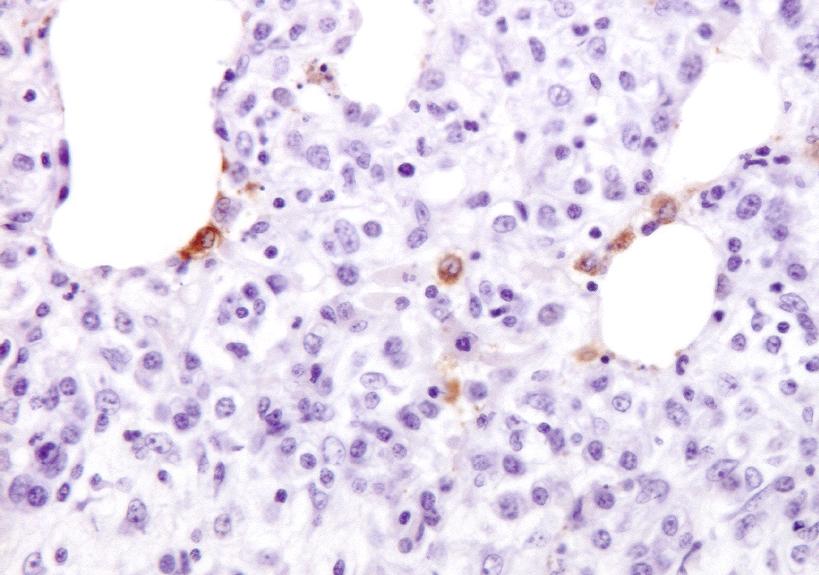C-reactive protein, haptoglobin and Pig-Major acute phase protein profiles of pigs infected experimentally by different isolates of porcine reproductive and respiratory syndrome virus
Porcine reproductive and respiratory syndrome (PRRS) virus (PRRSV) is the etiologic agent of PRRS, one of the most important diseases in swine worldwide. In the present work, the effects of different PRRSV strains were tested on a piglet experimental model to study the induced acute phase response. For this purpose, pigs (n = 15 for each group) were intranasally inoculated with one of five PRRSV strains (isolates EU10, 12, 17, 18 from genotype 1 and isolate JA-142 from genotype 2). The acute phase response was monitored by measuring acute phase proteins (APPs). Specifically, the serum concentration of haptoglobin (Hp), C-reactive protein (CRP) and Pig-Major Acute Protein (Pig-MAP) was determined at 0, 3, 6, 9, 12, 15, 18 and 21 days p.i. Clinical signs and growth performance were also monitored during the experiment. All animals became viremic after inoculation during the study period. The APP response was heterogeneous and dependent on the strain, being strains EU10, EU 18 and JA-142 those that induced the highest response and the strongest clinical signs. In general, Hp was the most sensitive biomarker for PRRSV infection, CRP behaved as moderate and Pig-MAP was the less responsive during the course of PRRSV experimental infection. Hp and CRP were significantly discriminatory between infected and control pigs, but not Pig-MAP.
Back to publications
